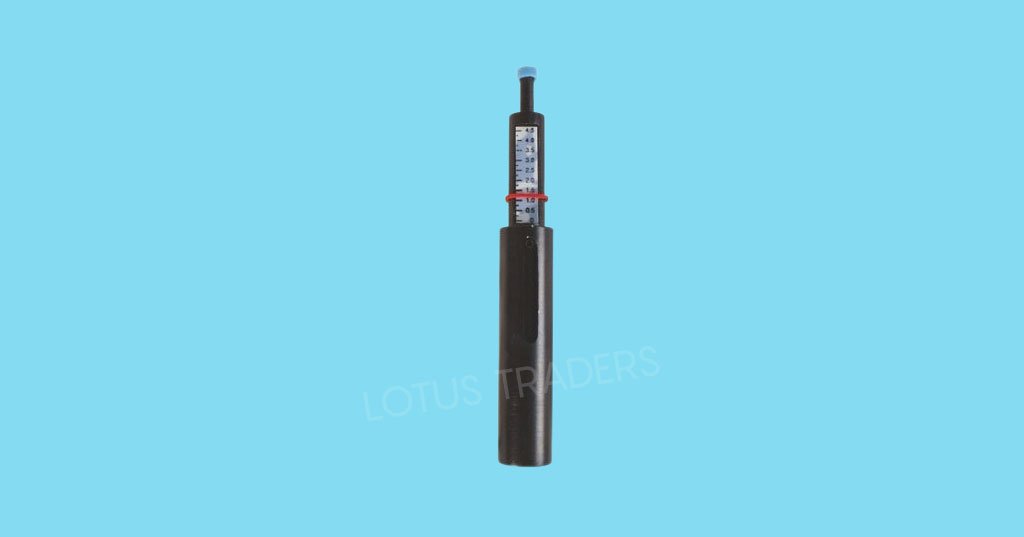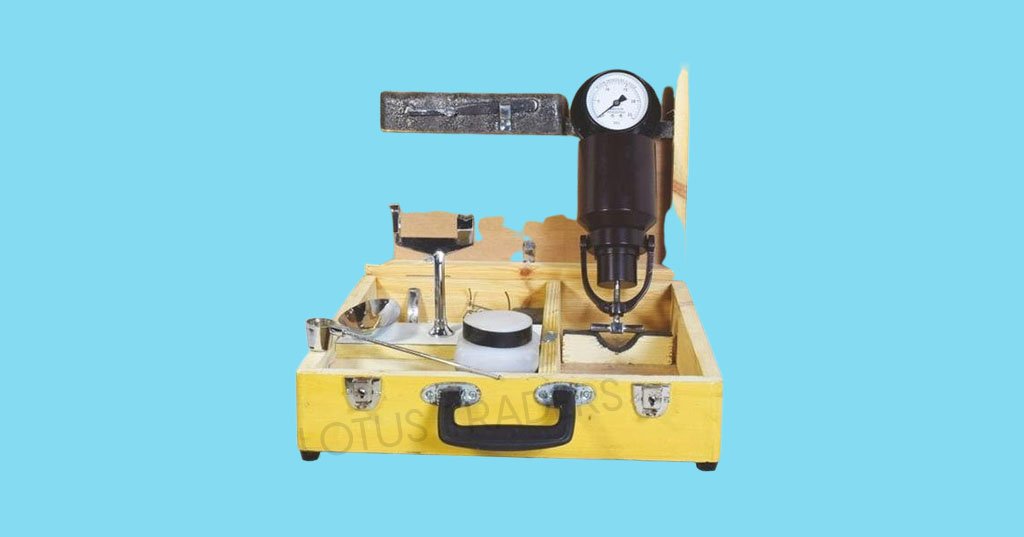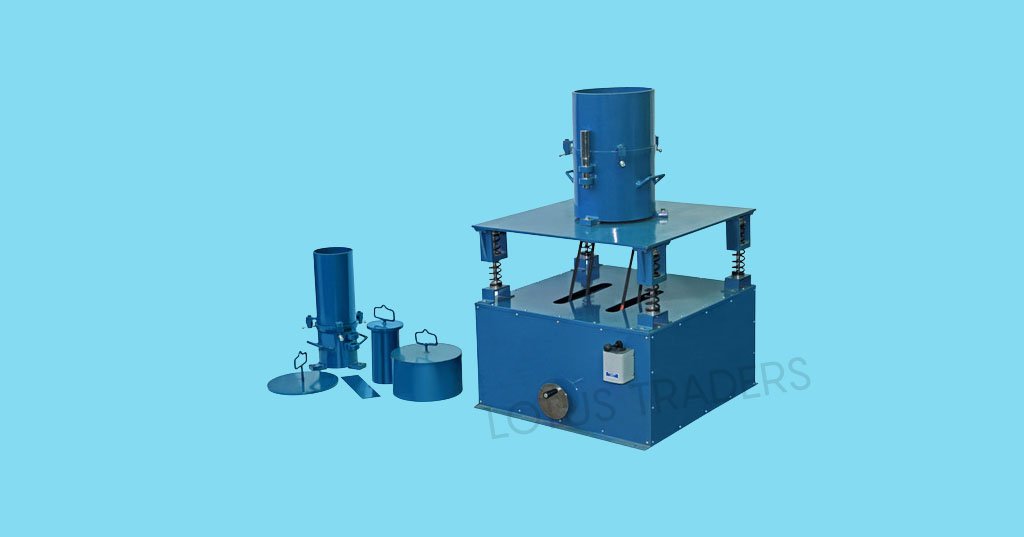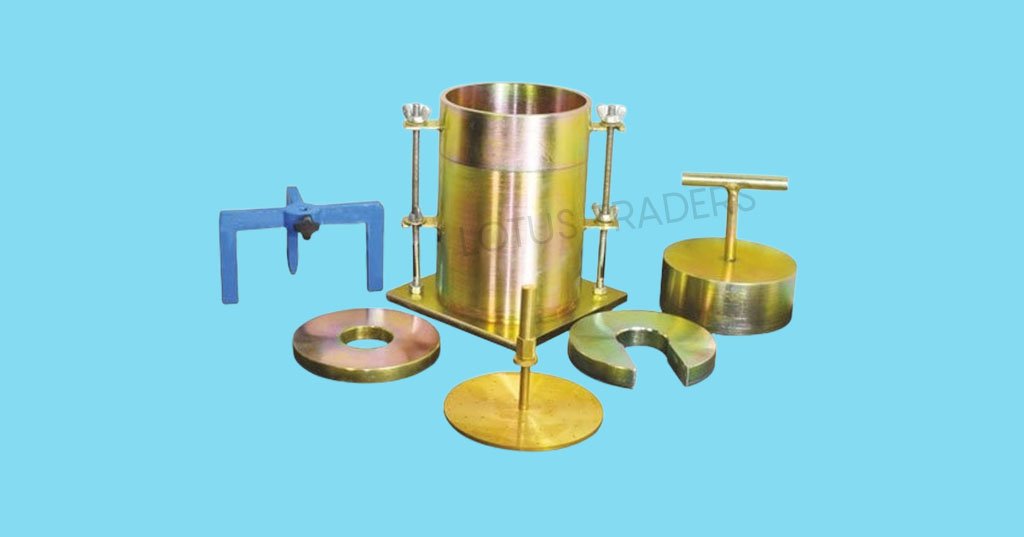Features |
Specifications |
|---|---|
|
Diameter
|
300 mm, 450 mm
|
|
No. of sieves
|
7
|
|
Display Type
|
Digital
|
|
Material for Construction
|
Stainless steel
|
|
Minimum Order Quantity
|
1 Piece
|
Product Description - SIEVE SHAKER GYRATORY
What is Sieve Shaker Gyratory?
Sieve Shaker Gyratory is used to collect particle samples and come in different materials, such as stainless steel or brass, and are used in laboratories throughout the global economy. Sieve shaker is used to analyze the samples collected in test sieves. The testing involves the shaking or manipulation of the sample, resulting in data analysis. The uses of a mechanical sieve shaker include determining the range of particle sizes within a sample. Depending on the model of the shaker, wet and dry pieces can be analyzed.
When mounted on overhead support, this shaker operates with the renowned combs gyratory action, smooth and noiseless. Its motion allows the particles to approach, pass through or roll over the sieve openings from every possible angle, thus giving an accurate test.
Why is Sieve Shaker used?
Sieve shakers are bias designed to help promote flyspeck movement through a mound of sieves, easing accurate flyspeck separation. As the flyspeck separate, they’re retained on the colorful sieves depending on their size, furnishing sapience into the average flyspeck size of your sample mattis, pulvinar dapibus leo.
How does Sieve Shaker Gyratory work?
SIEVE SHAKER GYRATORY is driven by a 1/4 H.P. Motor through a reduction gear immersed in oil. The sieve table does not rotate but is inclined from the vertical axis and the direction on inclination charges progressively in clockwise direction. If the stop pin below the table is removed, the shaker can have a rotary motion. In addition to this gyratory motion of the table, there is an upward and downward movement ensuring that each square cm of the sieve is utilized. A pair of rods and a holder can be fixed on the top of the upper most sieve, and thus the sieve set in firmly held.
While mechanical and electromagnetic sieve shakers are designed to identify the size range of the particles throughout your production line, the way in which they operate is different.
Types of Sieve Shakers
There are a variety of shakers designed to test a specific category of material. Having said that, there are two types of sieve shakers that are predominantly used throughout the particle analysis industry: mechanical sieve shakers and electromagnetic sieve shakers.
Mechanical Sieve Shakers
Mechanical shakers are shakers that use several moving corridor to oscillate, valve, and differently agitate the sieve mound to help the flyspeck discovery openings in the mesh. While these machines may not have the bottommost technology, they are fairly easy to use and are constantly reflected in various sedulity norms Electromagnetic Sieve Shaker
Electromagnetic sieve shakers
Electromagnetic shakers are bias that employs an innovative three dimensional elliptical stir to help grease flyspeck movement throughout your mound of test sieves. As they don’t calculate on the various moving corridor seen in a mechanical sieve shaker, electromagnetic shakers are extensively quieter during testing.
How Does a Sieve Shaker Work?
Mechanical Sieve Shakers
Mechanical shakers use a motorized system to produce a series of cooperative movements to stir the sieve mound. This motor either creates a peculiar oscillating stir, or a double oscillating and tapping movement.
Electromagnetic sieve shakers
Electromagnetic shakers pair a massive assessment magnet and spring that work together to move the device’s sieve plate, creating the three-dimensional elliptical stir. This is possible as, during assignment, the magnet is electrically charged and discharged several times, performing in the spring contracting and relaxing fast.
What Sieve Shaker Should I Use?
As stated overhead, there are various sieve shakers on the demand, each designed with a distinct grade of material in mind. That said, deciding which shaker is right for you eventually comes down to two factors the material you’re testing and the periphery of your sieves.
Sieve shakers are aimed to test anything from coarse total to fine accoutrements similar as flour. That said, certain test sieves work better than others, depending on the size of the flyspeck you’re working with.
To that end, the smart way to identify which sieve shaker is right for you is to relate to your industry principles, as they will have perceptiveness into the specification your assignment should emphasize.
What is the Function of a Sieve Shaker?
The plain answer is to uncover the particles in a sampling to all the openings in each sieve in a mound. A sieve mound is the result of befitting each sieve to be applied in a given flyspeck size breakdown into the one above. The sieve with the largest mesh openings is at the top with each posterior sieve of a tighter mesh size than the one above it.
A sieve mound can correspond of anywhere between 1 and 18 sieves. The number and mesh sizes of the sieves in a sieve mound are mandated by industry/ operation norms or the pronounced output standards of specific products.
In generality, the optimal stir of a sieve shaker is indirect and perpendicular or, in other words, orbital. Originally, the stir was defined as “ rotating the sieve in a person’s hand and tapping it on the side”. The first practical mechanical shakers were made of a rotating orbital table and a hammer that communicated, at a fixed interval, a perpendicular force.
Other Details:
a) Adopter for 300 mm dia. sieve available at extra cost
b) Adopter for 450 mm dia. sieve available at extra cost








